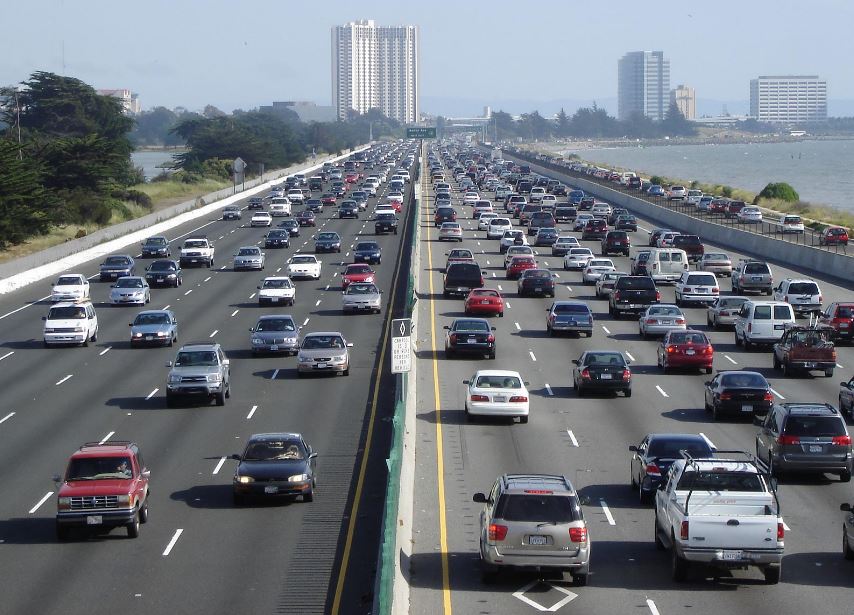In January 2017, the anti-sprawl group Smart Growth released a report describing the most dangerous US cities for pedestrians. They studied 104 metropolitan areas to determine both which ones are most dangerous to pedestrians and to determine what groups are most at risk for fatal pedestrian accidents.
Most Dangerous Cities
Researchers in Smart Growth calculated a “pedestrian danger index” (PDI) based on the number of pedestrian deaths and the number of commuters who walk to and from work. Most of the 20 most dangerous areas are in the south with eight of the ten most dangerous metropolitan areas all being in Florida.
The five most dangerous metropolitan areas, which are all in Florida, are:
5) Deltona-Daytona Beach-Ormond Beach
4) Jacksonville
3) Orlando-Kissimmee-Sanford
2) Palm Bay-Melbourne-Titusville
1) Cape-Coral-Fort Myers
Who Are the Victims?
The researchers also found that people killed in pedestrian accidents were most likely to be older and/or non-white. Pedestrians who are 65 or older are 50 percent more likely to be killed by a vehicle while crossing the street than are younger pedestrians. Non-whites make up a little less than 35 percent of the population in the US but make up over 46 percent of the pedestrians killed by cars. The researchers believe that at least part of the disparity is due to the fact that non-whites tend to be poorer than whites. They are thus less likely to own a car or have access to reliable public transportation. They are also more likely to live in areas that don’t have good infrastructure for protecting pedestrians.
Poor Street Design
Not surprisingly, most fatalities occurred on streets with fast-moving traffic and few features designed to protect pedestrians. Straight and wide lanes, for example, make it easier for people to drive faster, and the rate of fatalities goes up with the speed of a car. A car going 30 miles an hour is three times more likely to kill a pedestrian than is a car going 20 miles an hour.
Slowing Traffic Down
The best way to reduce pedestrian fatalities is to slow the traffic down. That involves enforcing speed limits and using physical means to reduce traffic speed. For example, while a driver might ignore a speed limit sign, they are more likely to pay attention to a sign accompanied by a camera that will photograph speeders and enable police to identify them. Painted crosswalks are generally ineffective by themselves, but they can work if there is a raised median that splits a road in half and thus lets a pedestrian cross in stages. Curb extensions that reduce the distance a pedestrian has to cross can also reduce fatalities.
The number of pedestrian deaths has been increasing in recent years, and much of the problem is due to street design that prioritizes vehicle speed over pedestrian safety. That does not have to be the case, and there are ways to make crossing the street safer.
References
https://nextcity.org/daily/entry/dangerous-cities-walking-pedestrian-safety-study-2016
https://smartgrowthamerica.org/dangerous-by-design/
https://www.daveabels.com/pedestrian-accidents.html
https://nextcity.org/daily/entry/not-all-crosswalks-are-created-equal
https://nextcity.org/daily/entry/walkable-cities-intersection-design-for-pedestrians
















